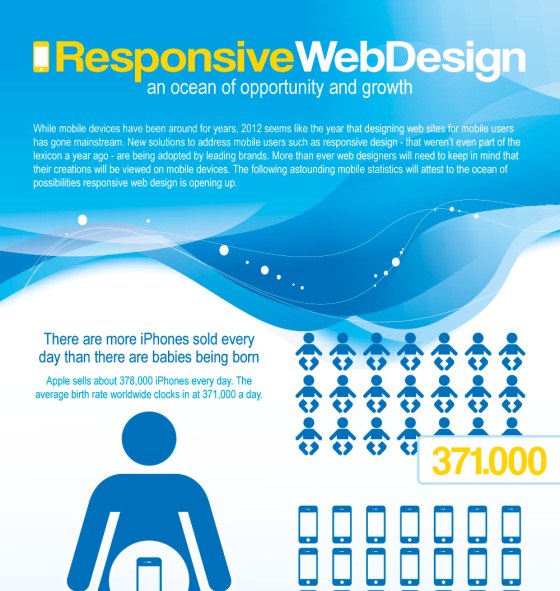Interested In Learning Exactly How Web Site Layout Has Evolved For Many Years? Check Out The Journey From Basic, Uncomplicated Styles To User-Centric Interfaces That Focus On The Visitor'S Experience
Interested In Learning Exactly How Web Site Layout Has Evolved For Many Years? Check Out The Journey From Basic, Uncomplicated Styles To User-Centric Interfaces That Focus On The Visitor'S Experience
Blog Article
Post By-Lamb Vinson
In the past, internet sites were basic and focused on information. https://wordpress-seo-plugins84051.ja-blog.com/29917531/by-grasping-the-differences-in-between-these-two-search-engine-optimization-techniques-companies-can-develop-a-more-efficient-internet-marketing-plan-that-drives-both-neighborhood-and-organic-web-traffic-to-their-site was direct, and design was for desktop computers. Currently, individual experience is essential. Information guides designs for very easy navigation. Responsive designs match various tools. Today, dark setting lowers pressure, and minimalist menus boost navigation. Interactive features involve individuals, and bold visuals attract attention. AI integration improves engagement. See just how style has actually evolved to improve your online trip.
Very Early Days of Web Design
In the early days of web design, simplicity reigned supreme. search engine optimization results were fundamental, with restricted shades, typefaces, and designs. The emphasis got on supplying info rather than showy visuals. Users accessed the net through slow dial-up links, so rate and capability were crucial.
Navigating menus were straightforward, usually located at the top or side of the web page. Web sites were created for home computer, as mobile surfing had not been yet common. Web content was king, and designers focused on very easy readability over intricate layout aspects.
seo marketing strategy was the primary coding language utilized, and designers had to function within its restraints. Animations and interactive features were very little compared to today's criteria. Internet sites were static, with little vibrant content or tailored individual experiences.
Surge of User-Focused Design
With the advancement of website layout, a change towards user-focused style principles has actually become significantly famous. Today, creating internet sites that prioritize customer experience is vital for involving visitors and accomplishing business goals. User-focused design includes recognizing the needs, preferences, and actions of your target audience to tailor the site's design, material, and includes appropriately.
Designers currently conduct detailed research study, such as customer surveys and use testing, to gather understandings and responses directly from users. This data-driven technique aids in developing user-friendly navigation, clear calls-to-action, and aesthetically attractive interfaces that reverberate with visitors. By putting the customer at the facility of the style procedure, sites can deliver a more personalized and satisfying experience.
Responsive layout has also become a crucial aspect of user-focused design, making sure that sites are enhanced for numerous gadgets and display sizes. This versatility enhances accessibility and use, dealing with the varied ways individuals connect with sites today. In essence, the surge of user-focused style signifies a change in the direction of developing electronic experiences that prioritize the demands and assumptions of completion customer.
Modern Trends in Web Design
Explore the current patterns shaping web design today. One prominent pattern is dark setting design, supplying a smooth and modern-day look while minimizing eye pressure in low-light atmospheres. Another key trend is minimalist navigating, simplifying food selections and improving customer experience by concentrating on essential elements. Including micro-interactions, such as animated switches or scrolling effects, can develop a much more engaging and interactive website. Receptive layout stays crucial, guaranteeing seamless individual experiences throughout different tools. Furthermore, using strong typography and unbalanced formats can include aesthetic rate of interest and draw attention to details web content.
Integrating AI innovation, like chatbots for client support or customized recommendations, improves customer engagement and improves procedures. Ease of access has likewise become a significant pattern, with designers focusing on inclusive style techniques to deal with diverse user demands. Accepting sustainability by enhancing web site efficiency for rate and performance is another arising fad in website design. Collaborating with customer responses and data analytics to repeat and enhance layout continuously is crucial for remaining appropriate in the ever-evolving digital landscape. By embracing these contemporary fads, you can create a visually appealing, straightforward web site that resonates with your target market.
Conclusion
As you reflect on the development of site design from the early days to currently, you can see just how user-focused layout has come to be the driving pressure behind modern fads.
Embrace the trip of adjustment and adaptation in website design, always maintaining the customer experience at the forefront.
Remain current with the most recent trends and technologies, and never ever quit advancing your method to produce visually spectacular and easy to use websites.
Develop, adjust, and produce - the future of website design remains in your hands.
